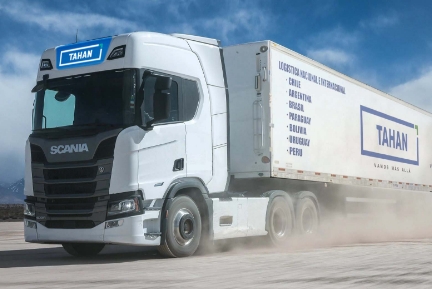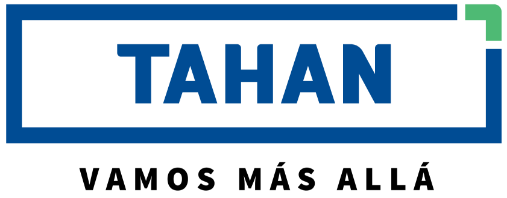
Critical routes from Cuyo: logistical challenges and opportunities for international trade
International Transport
Strategic recommendations
Mapping closures and bottlenecks; investment in the Palmira–Agrelo Bypass and road maintenance; customs digitization and interoperability with Chile; corridor redundancy for winter weather; development of logistics nodes near the border; fleet renewal with a sustainability focus.
Conclusion
The critical routes from Cuyo are the backbone that links local production to the world. With its track record, Empresas Tahan is well positioned to lead solutions that improve time, cost, and predictability, boosting regional competitiveness and integration into global value chains. Want to optimize your operations from Cuyo? Contact us and let’s design the best logistics strategy for your cargo.



